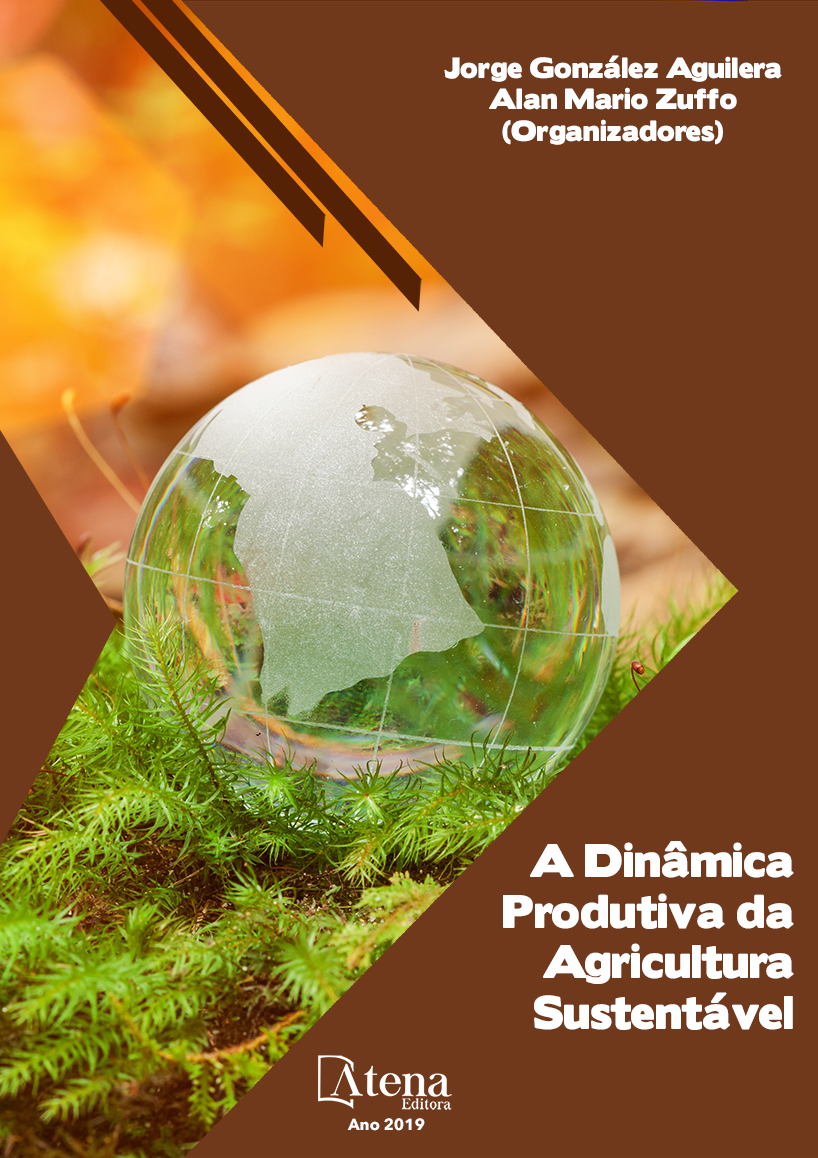
SÉRIES TEMPORAIS DE NDVI E SAVI EM ÁREA DE CULTIVO CONVENCIONAL DE CANA-DE-AÇÚCAR
Os índices de vegetação estão relacionados com parâmetros biofísicos da cobertura vegetal e possibilitam caracterizar fatores como índices de área foliar, biomassa, radiação fotossinteticamente ativa absorvida, produtividade, podendo também minimizar os efeitos da iluminação da cena e declividade na superfície que influenciam na reflectância da vegetação. Deste modo, o objetivo com este trabalho foi monitorar uma área comercial de 182 ha da cultura de cana-de-açúcar em cultivo convencional, que está inserida no município de Vila Propício, Goiás. Foram utilizadas imagens Landsat 8 Sensor OLI na órbita 222-71 durante o período de crescimento e desenvolvimento da cultura. Estas imagens foram convertidas em reflectância e gerados índices de NDVI e SAVI a cada 16 dias a partir do transplantio da cultura realizado no mês de fevereiro, possibilitando o monitoramento da área de acordo com as fases de desenvolvimento fenológico. Foi apresentado valores médios de NDVI maiores que os valores médios de SAVI, até os 275 dias após o plantio; depois disso ambos apresentaram valores médios idênticos. Concluiu-se que o SAVI apresentou melhores resultados na fase de brotação, na fase de perfilhamento ocorreu um aumento nos índices NDVI e SAVI, e na fase de crescimento vegetativo houve redução para em ambos.
SÉRIES TEMPORAIS DE NDVI E SAVI EM ÁREA DE CULTIVO CONVENCIONAL DE CANA-DE-AÇÚCAR
-
DOI: 10.22533/at.ed.39319230913
-
Palavras-chave: sensoriamento remoto, monitoramento, Saccharum officinarum
-
Keywords: Remote Sensing, monitoring, Saccharum officinarum
-
Abstract:
The vegetation indices are related to biophysical parameters of the vegetation cover and allow to characterize factors such as foliar area indexes, biomass, photosynthetically active radiation absorbed, productivity, and also to minimize the effects of scene illumination and surface slope that influence vegetation reflectance. The objective of this work was to monitor a commercial area of 182 ha of conventional sugarcane cultivation, which is located in Vila Propicio municipality, Goiás. Landsat 8 Sensor OLI images were used in orbit 222- 71 during the period of growth and development the crop. These images were converted to reflectance and NDVI and SAVI indexes were generated every 16 days from the transplanting of the crop in the month on February, allowing the monitoring of the area according to the phenological development phases. Mean values of NDVI were higher than the mean values of SAVI, up to 275 days after planting; after that both presented identical mean values. It was concluded that the SAVI presented better results at budding stage, in the tillering phase there was an increase in the NDVI and SAVI rates, and in the vegetative growth phase there was a reduction for both.
-
Número de páginas: 15
- Gustavo Henrique Mendes Brito
- Mylena Marques Dorneles
- Maurício Oliveira Barros
- Ivandro José De Freitas Rocha
- Thayna Loritz Lopes Ferreira de Araujo e Silva


